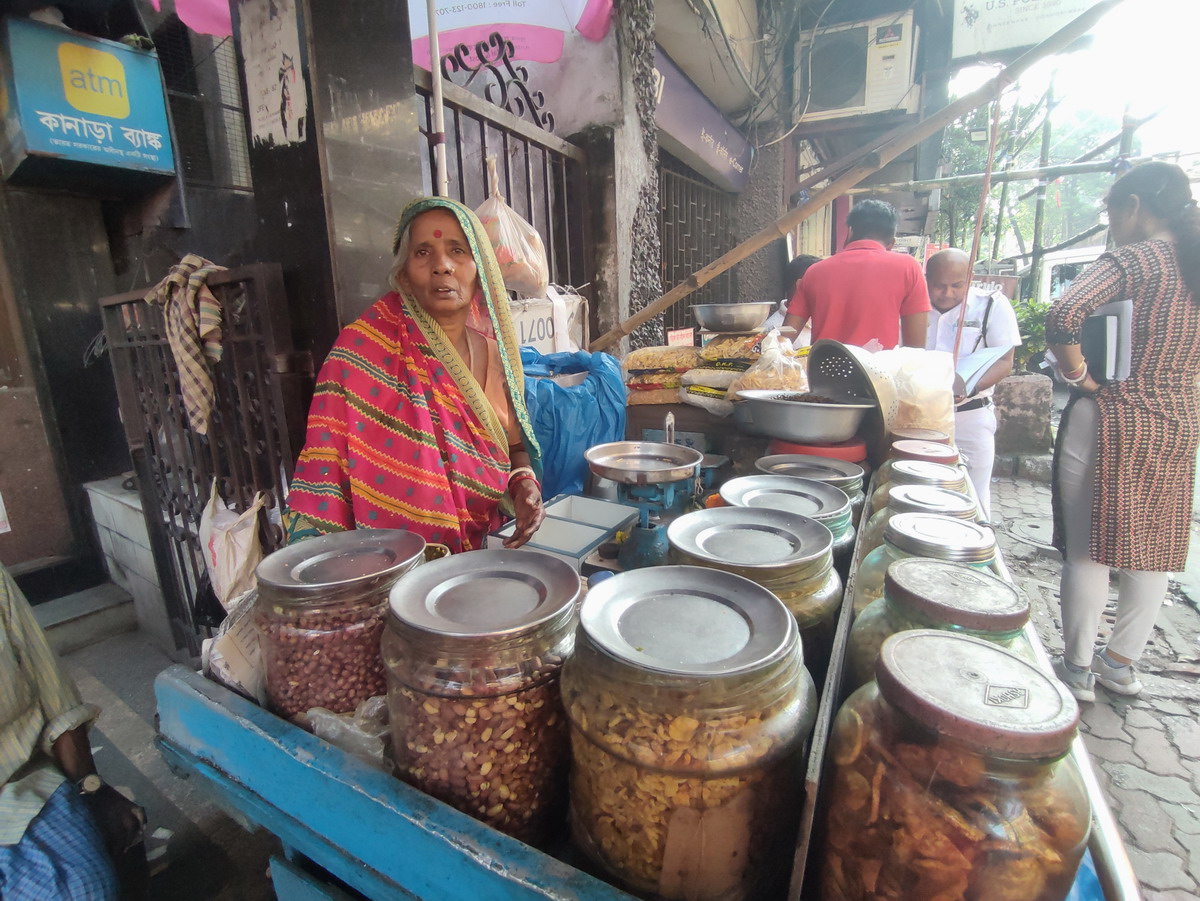
By Mihir R. Bhatt, All India Disaster Mitigation Institute (AIDMI), India
The All India Disaster Mitigation Institute (AIDMI) engages in climate change adaptation and mitigation, humanitarian action, and disaster risk reduction in India and its neighbouring countries. Our teams work in the field with vulnerable populations, including extreme heat-affected people, to explore the ideas of risk identification and pooling and how best to devise ways in which their lives can be made less vulnerable.
The role of insurance companies in mitigating disasters is vital. They hold the safety net that allows vulnerable policyholders to withstand, endure, and recover from disasters. Yet, there is a huge gap between what the policyholders need and what the insurance companies provide. Bridging this gap requires communication, creativity, proactivity, and boldness from both parties. There is not only a dire need to redesign extreme heat products but also an opportunity to build holistic and humanizing insurance products by adding aspects of health, wealth, and happiness into consideration as ways to reduce the vulnerability of affected populations.
There is a greater need for insurance companies to understand their clients, their circumstances, and their needs. Their products, too must reflect these differences. For example, farmers who can rush farm products to storage during or before extreme heat and farmers who cannot use different approaches. This issue of mobility also applies to construction workers and transport vehicle owners. For example, construction workers employed within a factory or building and those who are outdoors, under the sun, have different cooling needs and insurance protection needs. Similarly, the transport workers who paddle three-wheel cycles and drivers of super deluxe buses both need insurance protection but of different kinds. And this difference is not studied.
The focus of insurance companies on protecting property alone from extreme heat is short-sighted and unfair. Several family farmers in Madhya Pradesh received no insurance payouts after the scorching summers of 2023 and 2024 despite devastating damage to crops, health, and livelihood. Because per se there was limited loss of crop, but loss to health agriculture related incomes was severe, but they are not part of crop insurance.
As our planet gets hotter year after year, it is in the interests of insurance companies to support measures and products that promote risk reduction and build resilience among small businesses in India. Insurance companies, in fact, the entire risk transfer sector, need to embrace nature-positive insurance measures that generate new transformative green, clean, and well-protected assets and income for its policyholders.
At a planning meeting for sustaining coastal mangrove plantations across coastal Odisha, held on July 26, 2024, a local participant rightly observed that companies do not have to wait for the devastation after extreme heat to activate insurance policies—that is short-sighted and counter-productive thinking. Instead, insurance companies should be active in building the ark that saves communities from devastation and focus on ways that lead to a cooler, more climate-resilient India.
More profits from brown and black insurance to green profits from green and clean insurance for prevention is needed, and what they will look like must be designed and detailed now. Current insurance covers current assets that have a large carbon footprint and are unsustainable. Such as current agriculture based on reside, long-distance fertilizers, and so on. While organic, local or natural manure assets small or family-scale agriculture is not possible by insurance.
As ethical spending and consumer opinions push for the greening of insurance activities, the issue of greenwashing by insurance companies was raised at Adaptation Research Alliance (ARA) on August 1-2, 2024 in Bangkok, Insurance companies have the ability and the duty to actively design, pilot, demonstrate, and push for green adaptation and mitigation measures across key economic sectors, beginning today.
To start with, what measures can the insurance companies take before the summer of 2025, before the idea of extreme heat insurance becomes a mockery? When human survival itself is on the line, there is great urgency in ensuring extreme heat protection is available to all those who seek it, and within reach of those who have been left out. Inclusivity can reward the people as well as the insurance companies, if there is dialogue, and a desire to design and implement creative solutions to this growing and universal problem.
This global crisis of extreme climate is neither new nor sudden. We are witnessing a rise in risk due to extreme climate, and a fall in resilience the world over. This is self-evident, and a ground reality for many populations across the globe. However, insurance companies have yet to adapt to the mushrooming ground realities of climate change, and the populations it increasingly affects.
If insurance businesses operate on risk assessment, and if the foundation of all their investments and business plans and possible profits depend on insurance studies, data analysis, and verification, it is in their interest to better understand the ground reality of their policy holders, listen to their voices, and expand their business model towards building resilience, reducing vulnerability, and increasing inclusivity.
Insurance companies in India have an opportunity to show leadership and demonstrate to the world that they can not only design a universal extreme heat protection policy in partnership with the people, the government, and other stakeholders but also implement it for the protection of all citizens of India.
Furthermore, much along the lines of the International Solar Alliance, which promotes the use of solar energy in so-called sunshine countries to reduce dependency on fossil fuels, India can pioneer an Extreme Heat Insurance Alliance to partner with countries facing vulnerability to extreme heat to protect its populations, and to find solutions to reduce risk and build resilience.
Photo caption: Increasing access to affordable healthcare services and insurance for heat-related illnesses is crucial for vulnerable workers. A street vendor in Kolkata, West Bengal, India, faces daily exposure to extreme heat. Photo: AIDMI